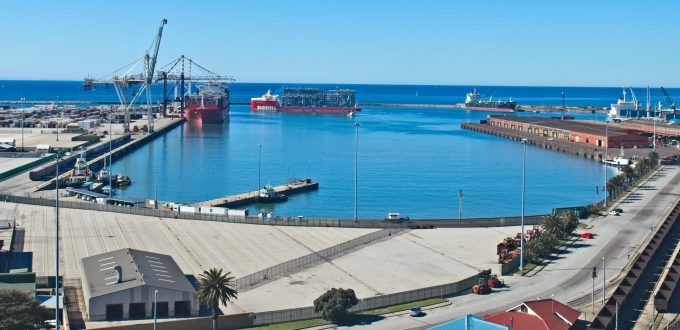CMA CGM eyes HPH sale after Ceva shines in a 'stable' second quarter
CMA CGM has expressed interest in the Hutchison Port Holdings (HPH) sale in a bid ...

Ocean carriers are refocusing their strategies away from the traditional, but oversupplied, east-west routes, seeking growth in north-south trades – although the burgeoning Indian export market is an outlier.
According to a survey by Alphaliner, African trades recorded the highest year-on-year growth, ...

Comment on this article